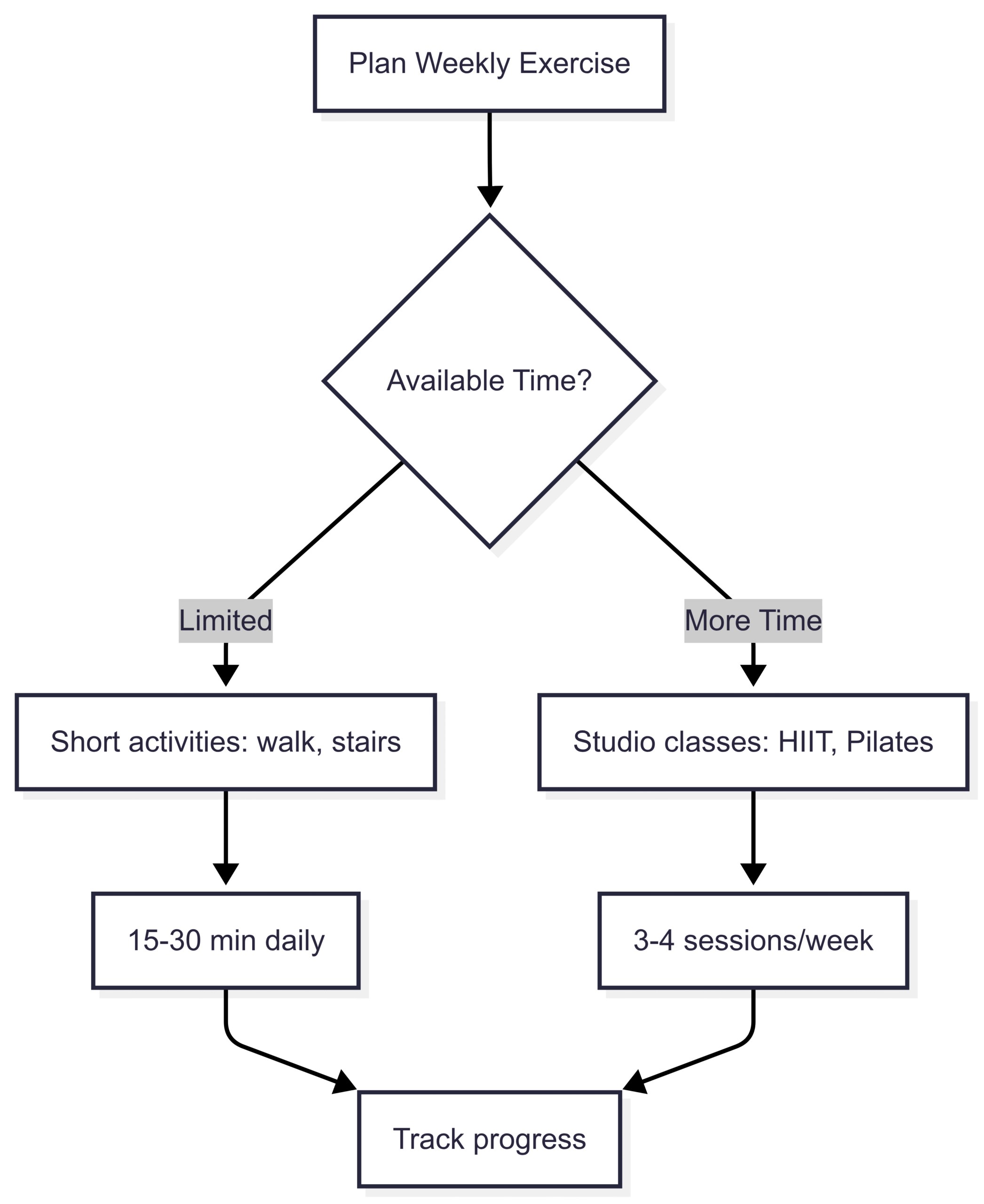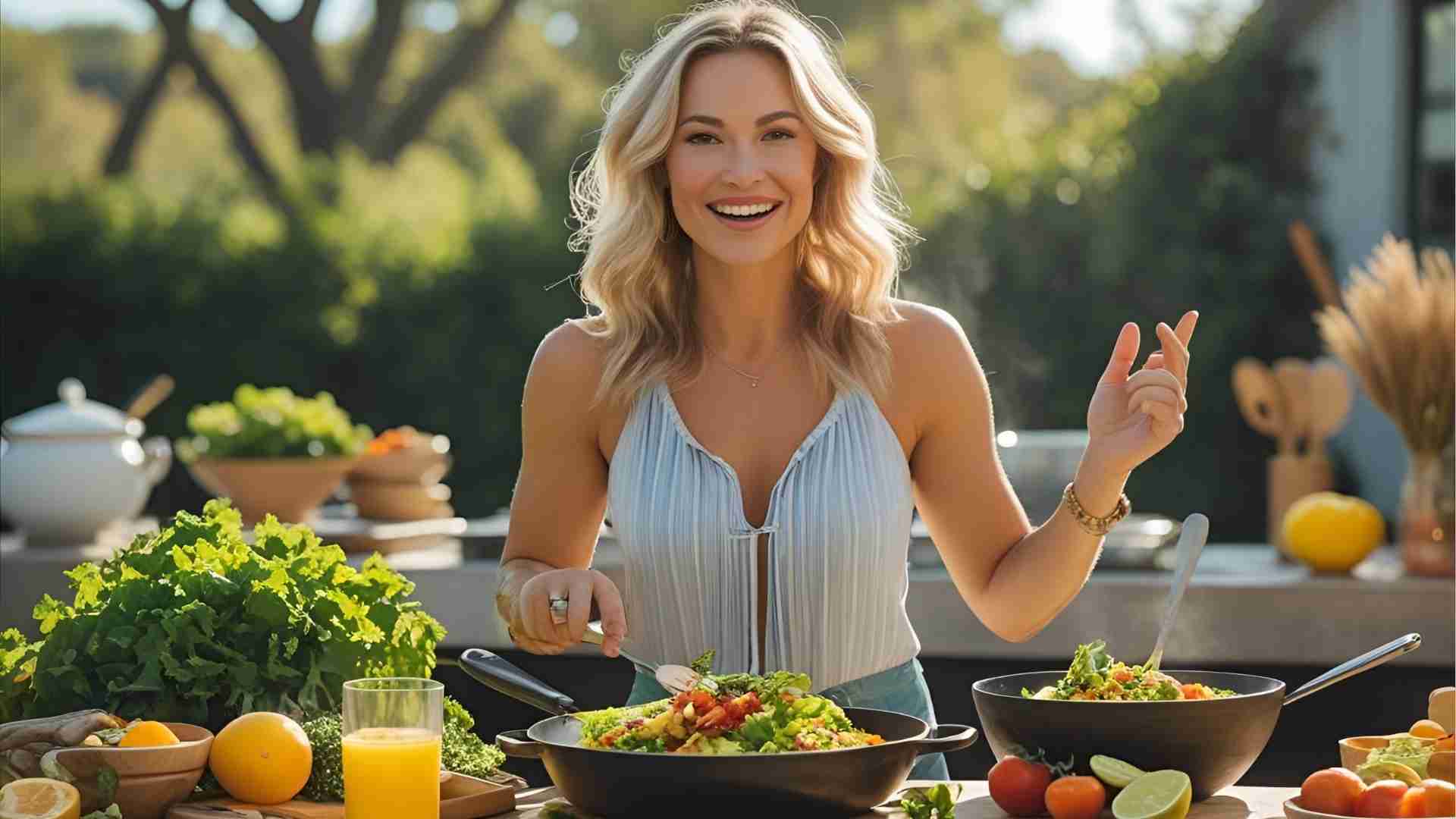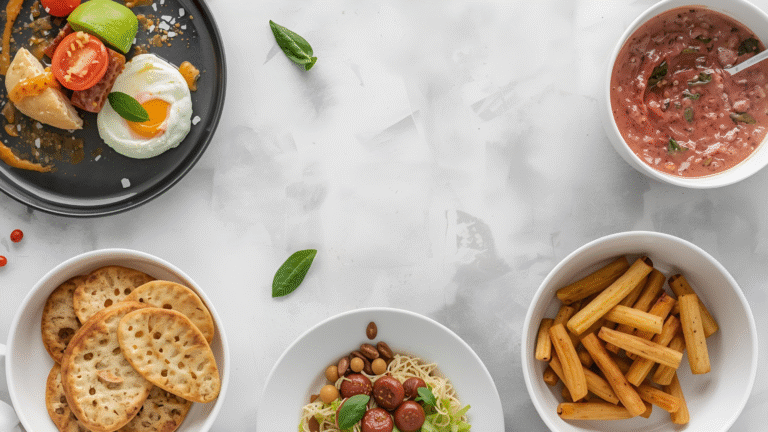How to Stay Healthy as a Food Blogger
Discover how food bloggers stay healthy with practical tips on portion control, mindful eating, exercise, and more for a balanced lifestyle.
Food blogging is a deliciously rewarding pursuit, blending creativity, culinary expertise, and storytelling. However, being surrounded by delectable dishes—especially desserts—can pose challenges to maintaining a healthy lifestyle. The constant temptation of rich, calorie-laden foods, coupled with the pressure to create visually stunning content, makes health a priority that food bloggers must consciously address. This guide explores practical, evidence-based strategies to stay healthy as a food blogger, covering portion control, mindful eating, exercise, mental health, and more. Whether you’re a seasoned food blogger or just starting, these tips will help you balance your passion for food with your well-being.
The Challenge of Food Blogging
Food bloggers live in a world of culinary indulgence. From crafting the perfect chocolate cake to sampling exotic dishes for reviews, the job involves constant exposure to food. This can lead to overeating, weight gain, and health issues if not managed carefully. Additionally, the food blogging industry often grapples with food waste, as dishes are sometimes prepared solely for photos. The pressure to produce Instagram-worthy content can also contribute to stress and unhealthy eating habits.
The question many ask is: How do food bloggers stay fit while surrounded by food all the time? The answer lies in a combination of mindful eating, strategic recipe planning, regular physical activity, and a healthy mindset. Below, we delve into actionable strategies to maintain health without sacrificing the joy of food blogging.
1. Portion Control: Small Bites, Big Impact
One of the most effective ways to stay healthy as a food blogger is to control portion sizes. Preparing smaller quantities of food reduces the temptation to overindulge and minimizes food waste.
Scaling Down Recipes
When developing recipes, consider halving the quantities, especially for baked goods like cookies, cakes, or ice cream. For example, instead of baking a dozen cookies, make six. This approach allows you to taste and photograph your creations without being left with an overwhelming amount of food. When sharing recipes online, you can easily double the measurements to suit your audience’s needs.
For dishes that don’t scale down well, such as whole cakes or pies needed for aesthetic photos, plan to share them with others. Bring these creations to special occasions like birthdays, potlucks, or office events. This not only reduces waste but also allows you to showcase your work in real-world settings, enhancing your blog’s authenticity.
Practical Tips for Portion Control
- Use Smaller Equipment: Bake in smaller pans or molds to naturally limit portion sizes.
- Pre-Portion Leftovers: Divide leftovers into single-serving containers to avoid mindless snacking.
- Taste, Don’t Devour: Take small bites to evaluate flavor and texture, then stop. Studies show that smaller bites lead to greater satisfaction and less overall consumption.
| Dish Type | Standard Recipe Yield | Scaled-Down Yield | Purpose |
|---|---|---|---|
| Cookies | 12 cookies | 6 cookies | Reduces temptation, minimizes waste |
| Ice Cream | 1 pint | 0.5 pint | Easier to manage portions |
| Cake | 8-12 slices | Shared at events | Prevents overeating, reduces waste |
2. Special Occasions: Baking with Purpose
Baking a full cake or a tray of brownies “just because” can lead to overconsumption. Instead, reserve large-scale baking for special occasions where you can share the food with others. This strategy aligns with portion control and helps maintain a healthy relationship with food.
Examples of Special Occasions
- Birthdays: Bake a cake for a friend or family member.
- Work Events: Bring treats to share with colleagues.
- Potlucks: Contribute a dessert to a community gathering.
By tying baking to events, you create opportunities to connect with others while avoiding the temptation of having excess desserts at home. Additionally, photographing these creations for multiple posts (e.g., different angles or styling) maximizes content output without requiring frequent baking.
Chart: Workflow for Baking with Purpose

This workflow ensures that baking is intentional, reducing both waste and unnecessary calorie intake.
3. Redefining Dessert: Not a Meal
A common pitfall for food bloggers, especially those with a sweet tooth, is treating desserts as mealsмель
System: meals or snacks. Instead, view desserts as small indulgences to be enjoyed in moderation. This mindset shift is crucial for maintaining a healthy diet.
The Science of Satisfaction
Research indicates that the first few bites of a dessert provide the most satisfaction, with diminishing returns after that. By focusing on savoring those initial bites, you can enjoy the flavor without overeating. For example, a study from the Journal of Food Science found that smaller bites enhance flavor perception and reduce overall consumption.
Practical Tips
- Savor the Experience: Pay attention to the taste, texture, and aroma of the first few bites.
- Listen to Your Body: Stop eating when the dessert becomes less satisfying, typically after 2-3 bites.
- Balance with Nutrition: Ensure desserts are an occasional treat, not a meal replacement. Pair them with nutrient-dense foods like fruits or nuts to enhance satiety.
4. Balanced Nutrition: A Holistic Approach
Maintaining a healthy diet as a food blogger goes beyond avoiding desserts. It involves a balanced intake of whole foods, fiber, and hydration.
Key Nutritional Strategies
- Whole Foods: Focus on vegetables, lean proteins, whole grains, and healthy fats. Cooking from scratch allows you to control ingredients and avoid processed foods.
- Fiber: Incorporate high-fiber foods like beans, lentils, and vegetables, or use supplements like inulin or psyllium husk. Fiber promotes satiety and supports digestive health.
- Hydration: Aim for 8-12 cups of water daily to support digestion, reduce hunger, and improve overall health. Infuse water with fruits or herbs for variety.
| Nutrient | Sources | Benefits |
|---|---|---|
| Fiber | Beans, lentils, vegetables, inulin | Enhances satiety, supports digestion |
| Protein | Lean meats, tofu, legumes | Supports muscle maintenance, satiety |
| Healthy Fats | Avocado, nuts, olive oil | Provides energy, supports heart health |
Avoiding the “Diet” Trap
The term “diet” often implies restrictive eating, which is unsustainable. Instead, focus on a balanced lifestyle that includes a variety of foods in moderation. This approach prevents feelings of deprivation and supports long-term health.
5. Exercise: Moving for Health
Regular physical activity is essential for counteracting the caloric intake from food blogging. Exercise not only burns calories but also improves mood, energy levels, and overall health.
Building an Exercise Routine
- Start Small: Begin with short activities like a 15-minute walk or bodyweight exercises.
- Find Enjoyable Activities: Explore options like cycling, rowing, HIIT, or Pilates. Services like ClassPass can provide variety and access to local studios.
- Consistency is Key: Aim for at least three workouts per week, with a mix of cardio and strength training.
Benefits of Exercise
- Physical Health: Reduces risk of heart disease, diabetes, and obesity.
- Mental Health: Boosts mood and reduces stress, which is particularly important for bloggers facing creative or social media pressures.
- Energy and Sleep: Enhances energy levels and improves sleep quality.
Chart: Exercise Planning Workflow

6. Mindful Eating: A Game-Changer
Mindful eating involves being fully present with your food, which helps prevent emotional eating and promotes a healthier relationship with food.
Techniques for Mindful Eating
- Chew Slowly: Take time to chew thoroughly, enhancing digestion and satisfaction.
- Eat Without Distractions: Avoid screens or multitasking to focus on the eating experience.
- Gratitude Practice: Reflect on the effort behind your food, fostering appreciation and reducing overeating.
Addressing Emotional Eating
Food bloggers may eat out of stress, boredom, or habit. Identifying emotional triggers and addressing them through non-food activities (e.g., journaling, meditation) can prevent overeating.
7. Sharing and Freezing: Managing Leftovers
To avoid overeating, share excess food with friends, family, or coworkers. Alternatively, freeze leftovers for future meals.
Freezing Tips
- Proper Storage: Use airtight containers and label with contents and date.
- Batch Cooking: Prepare soups, stews, or baked goods in bulk and freeze in single portions.
- Resources: Refer to guides like Mark Bittman’s freezer storage tips for best practices.
8. Mental Health: A Balanced Perspective
A healthy mindset is crucial for food bloggers. Viewing food as nourishment rather than an enemy helps maintain a positive relationship with eating.
Key Mindset Shifts
- No “Good” or “Bad” Foods: All foods can fit into a balanced diet when consumed mindfully.
- Listen to Your Body: Eat what you crave in moderation, recognizing that food doesn’t solve emotional issues.
- Self-Care: Prioritize activities like meditation, hobbies, or socializing to reduce stress and prevent emotional eating.
9. Addressing Food Vlogging Concerns
Food vloggers face similar challenges, often eating out for content. Many maintain health through:
- Portion Control: Taking small bites for the camera and not consuming entire meals.
- Exercise: Incorporating regular workouts, such as walking or gym sessions, to offset caloric intake.
- Strategic Eating: Using strategies like OMAD (One Meal a Day) or adjusting weekly intake to balance rich foods.
Health Risks of Frequent Dining Out
Restaurant foods are often high in sodium, unhealthy fats, and additives, which can lead to inflammation, fatigue, or digestive issues. Vloggers may appear healthy but could face long-term consequences if not careful. Moderation and mindful eating are critical.
10. Tools and Resources for Healthy Food Blogging
Investing in tools and resources can streamline your workflow and support health goals.
| Tool/Resource | Purpose | Approx. Cost |
|---|---|---|
| ClassPass | Access to fitness studios | $50-$150/month |
| Freezer Containers | Store leftovers safely | $10-$30/set |
| Nutrition Apps | Track intake, hydration | Free-$10/month |
Recommended Resources
- Mark Bittman’s Freezer Guide: Tips for proper food storage.
- The Dumbbells Podcast (Ep 61): Insights on balancing food blogging and health.
- Mindful Eating Books: Resources like Intuitive Eating by Evelyn Tribole.
Conclusion
Staying healthy as a food blogger requires a multifaceted approach: controlling portions, baking with purpose, eating mindfully, maintaining a balanced diet, exercising regularly, and fostering a healthy mindset. By implementing these strategies, you can enjoy the creative and culinary aspects of food blogging while prioritizing your physical and mental well-being. Share your creations with others, freeze leftovers, and savor the process without overindulging. With these tools, you can thrive as a food blogger and maintain a healthy, fulfilling lifestyle.
For more tips or to connect with other food bloggers, join online communities or follow health-focused food bloggers on social media. What strategies do you use to stay healthy while blogging? Share your thoughts below!
Please share these How to Stay Healthy as a Food Blogger with your friends and do a comment below about your feedback.
We will meet you on next article.
Until you can read, Food Content Creator Equipment You Need






